Get Started for FREE
Sign up with Facebook Sign up with X
I don't have a Facebook or a X account
 Your new post is loading... Your new post is loading...
 Your new post is loading... Your new post is loading...

Ryan McDonough's curator insight,
July 7, 2014 8:19 AM
Self explanatory visual on the benefits of gaming as a means of learning. Outlined are the rewards, mastery, engagement, intensity, exercise, readiness, and competitiveness. These types of graphics need to be displayed in the classroom. There's always parents who are unsure of how gaming qualifies as teaching. Can't they just sit their kid in front of an iPad all day at home? Well, in the appropriate setting, with the right direction and guidance, games are certainly good for learning. Some people just don't know that from experience yet. |

MLC Junior School Hub's curator insight,
December 2, 2014 3:28 AM
Everyone is afraid of something. However, we need to encourage our students not to fear failure, but embrace it as a natural part of the learning process. One area where failure is naturally integrated is games-based learning where progress is built on the concept of experimentation - failure and adaptation. |



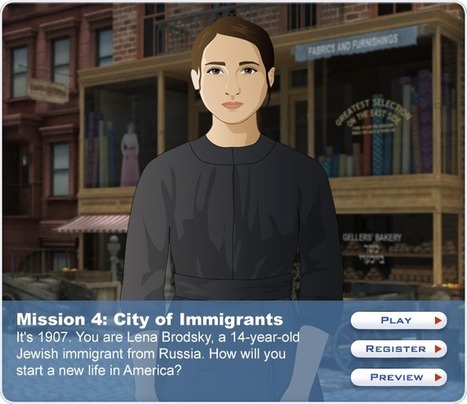

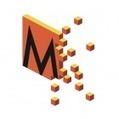
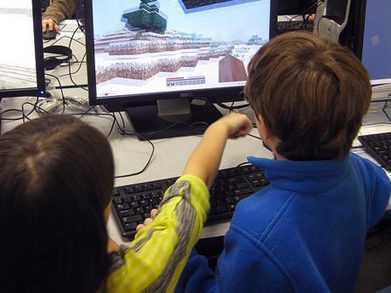
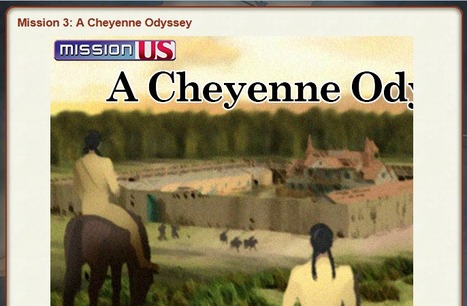






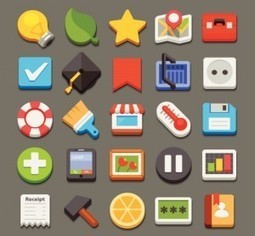

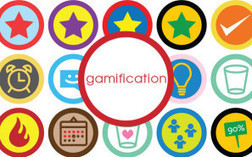
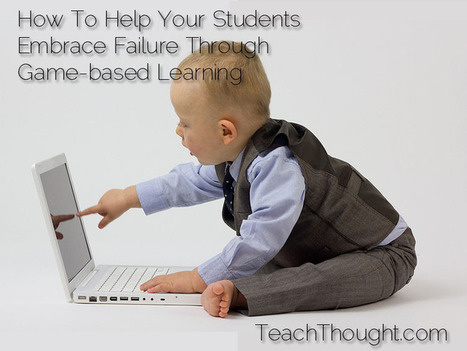

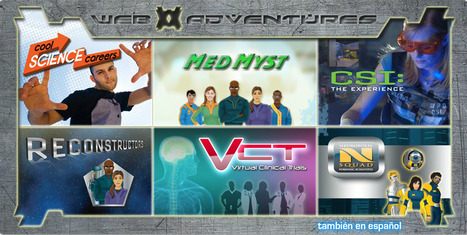






Mission US has just released a new mission: City of Immigrants. This game allows learners to learn about issues of immigrants ad they become Lena Brodsky, a 14 year old immigrant from Russia. During the game learners meet people in Lena's community, gaining a better understanding of the dynamics of immigrant communities. Throughout the game learners will need to make choices, which are not necessarily easy.
These games are geared to middle and high school learners. The other games found at Mission US are:
* For Crown or Colony (1770)
* Flight to Freedom (1848)
* A Cheyenne Odyssey (1866)
You will also find teaching materials on the website.